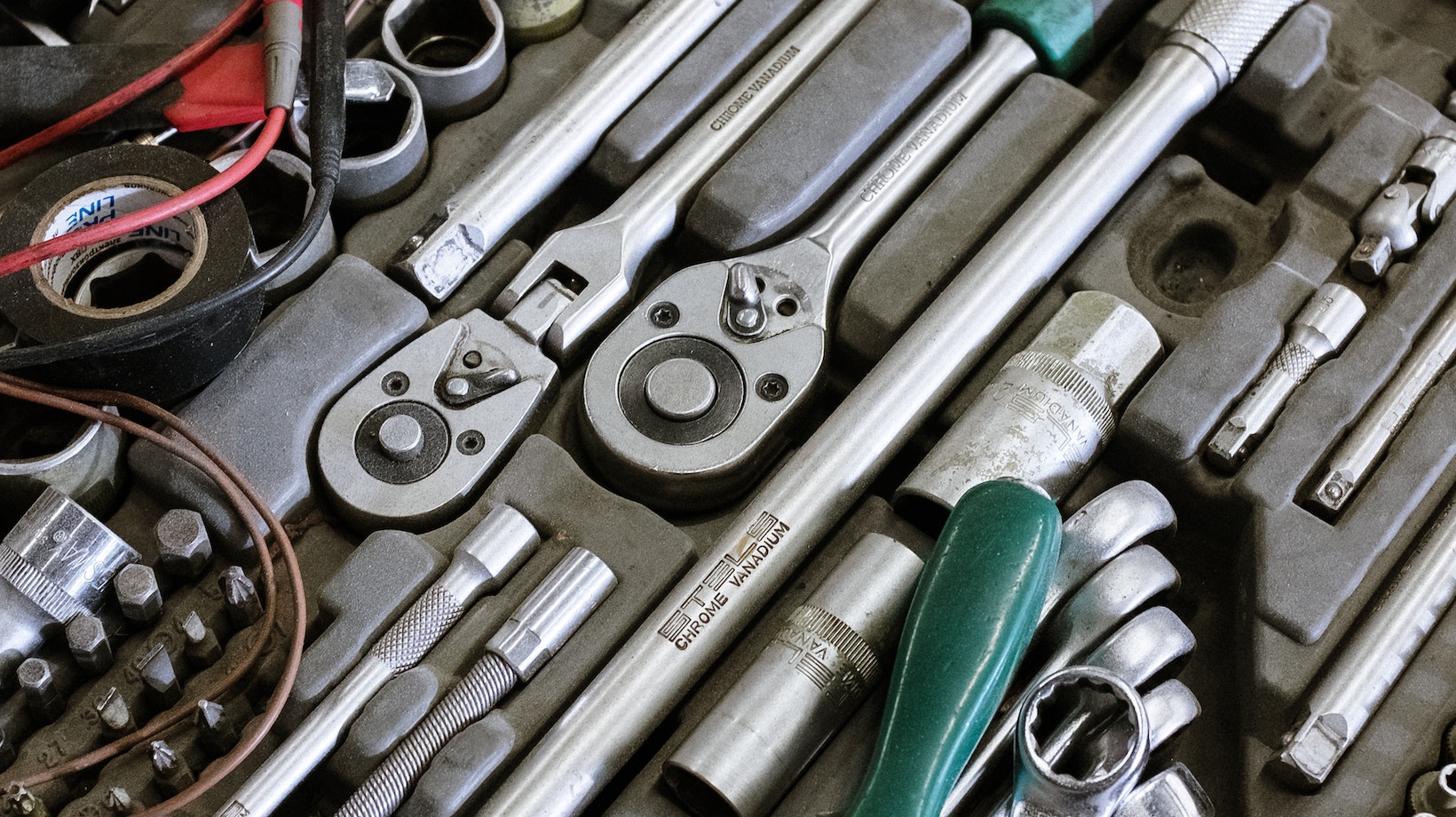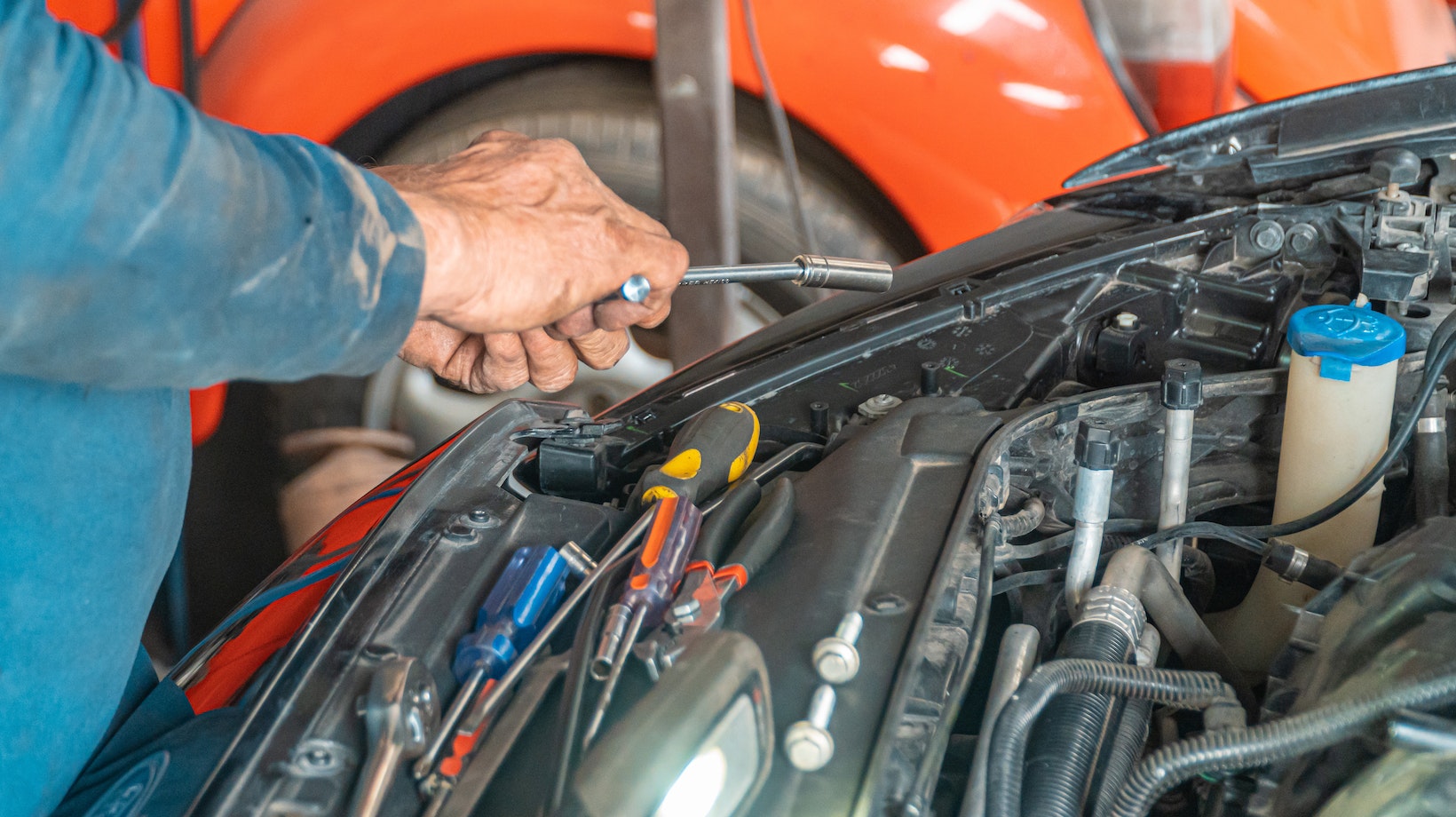Car Body Repair Tools
When it comes to car body repair, having the right tools can make all the difference in achieving professional results. In this section, we’ll explore the benefits of using high-quality car body repair tools, highlight some essential tools you should have in your arsenal, and discuss important factors to consider when selecting these tools.
Benefits Of Using High-Quality Car Body Repair Tools
Investing in high-quality car body repair tools offers several advantages. Here are a few key benefits:
- Enhanced Performance: High-quality tools are designed to provide superior performance, allowing you to work efficiently and effectively on various auto body repairs.
- Durability: These tools are built to last, with sturdy materials that can withstand the rigors of everyday use. This ensures that they will serve you well for many projects to come.
- Precision and Accuracy: Reliable car body repair tools enable precise measurements, cuts, and adjustments, ensuring that your repairs are done with accuracy and professionalism.
- Safety: Quality tools often come with safety features that help protect both you and the vehicle during repairs. This includes ergonomic designs for comfortable handling and guards or shields for added protection.

Essential Car Body Repair Tools You Should Have
While there is a wide range of specialized car body repair tools available on the market, here are some essential ones that every aspiring or professional auto technician should consider having:
- Dent Puller: A dent puller is crucial for removing dents from panels without damaging the paint or surface finish.
- Paint Sprayer: A quality paint sprayer allows for precise application of paint or primer during touch-ups or full repaints.
- Body Filler Applicator: This tool helps apply body filler evenly over damaged areas before sanding and painting.
- Dent Removal Kit: A dent removal kit typically includes various hooks and rods designed specifically for accessing hard-to-reach areas and massaging out dents.
- Sanding Blocks: Different grits of sanding blocks are essential for smoothing out surfaces and achieving a seamless finish.
Factors To Consider When Selecting Car Body Repair Tools
When choosing car body repair tools, it’s important to consider the following factors:
- Quality: Opt for reputable brands known for producing reliable, durable, and high-performing tools that will withstand heavy use.
- Functionality: Ensure that the tools you choose are specifically designed for the type of repairs you’ll be performing on your vehicle.
- Ergonomics: Look for tools with comfortable grips and ergonomic designs that reduce strain during extended periods of use.
- Budget: While quality is crucial, it’s also important to consider your budget and find a balance between affordability and durability.
By selecting high-quality car body repair tools based on these considerations, you can enhance your repair skills, achieve better results, and ultimately save time and money in the long run.
Remember, having the right tools is just one aspect of successful car body repair. It’s equally important to have proper training and knowledge about using them effectively. So take the time to research techniques, seek guidance from experts if needed, and practice regularly to refine your skills in this rewarding field. When it comes to fixing minor scratches and dents on a car’s body, having the right tools is essential. As an expert in car body repair, I’ll share some of the top tools that can help you tackle these small imperfections with confidence.
- Sandpaper: Start by using sandpaper to gently sand down the area around the scratch or dent. This helps create a smooth surface for the next steps of the repair process.
- Body Filler: For deeper scratches or dents, using a high-quality body filler is recommended. It fills in the damaged area and provides a solid foundation for further repairs.
- Putty Knife: A putty knife is handy for applying and spreading body filler evenly over the damaged area. Its flat edge allows for precise control during application.
- Sanding Block: Once the body filler has dried, use a sanding block to level it with the surrounding surface. This ensures a seamless finish and prepares the area for painting.
- Primer: Applying primer after sanding helps improve adhesion and provides an even base coat before painting. It also helps prevent rust from forming on exposed metal surfaces.
6.Paint: Finally, choose a matching automotive paint color and apply it carefully to blend with your car’s original finish. Using thin coats and allowing each layer to dry before adding more will yield professional-looking results.
Remember, when working on minor scratches and dents, patience is key. Take your time to ensure each step is done properly for optimal results.







































